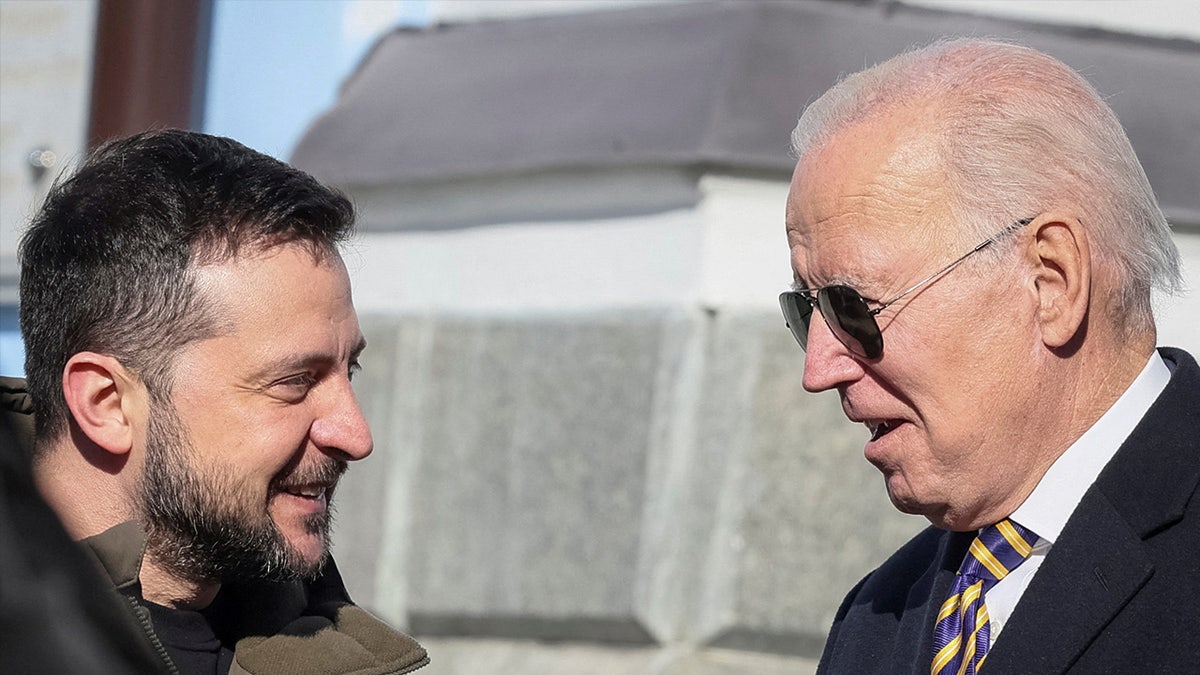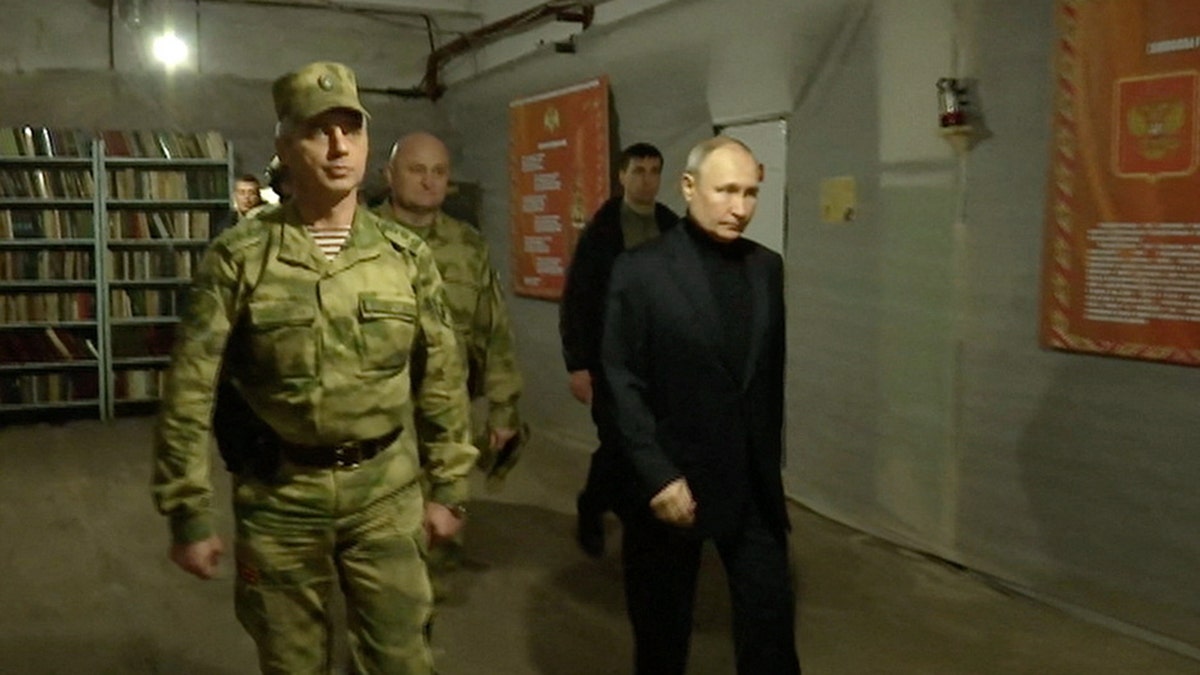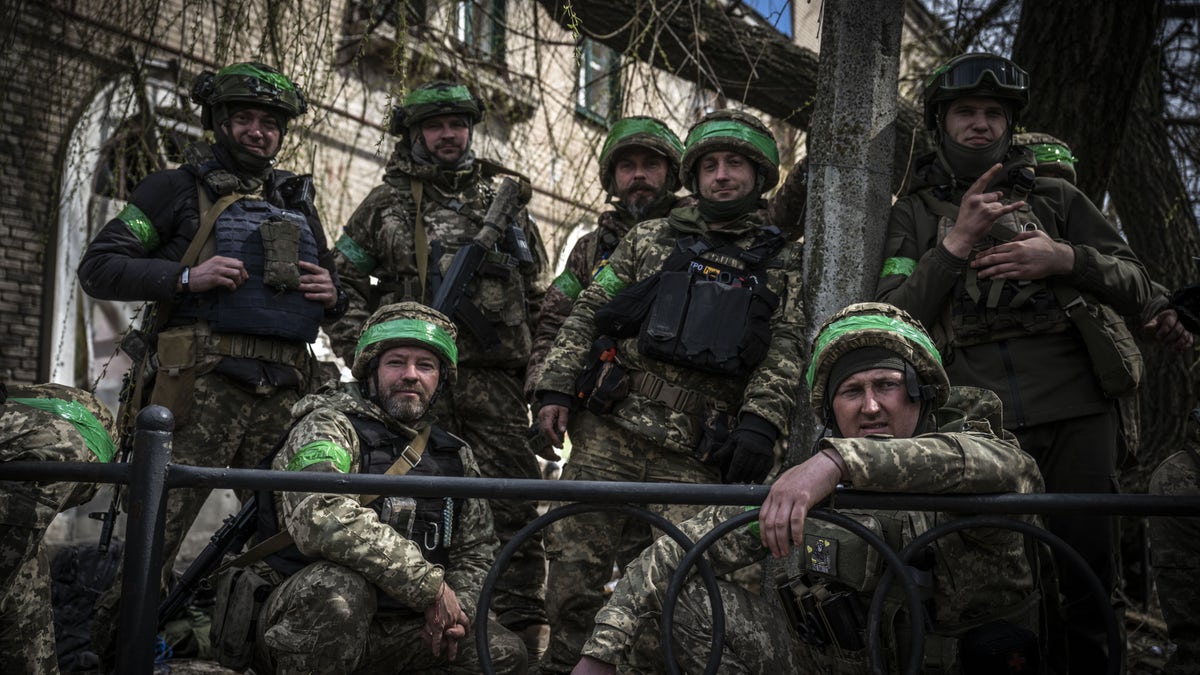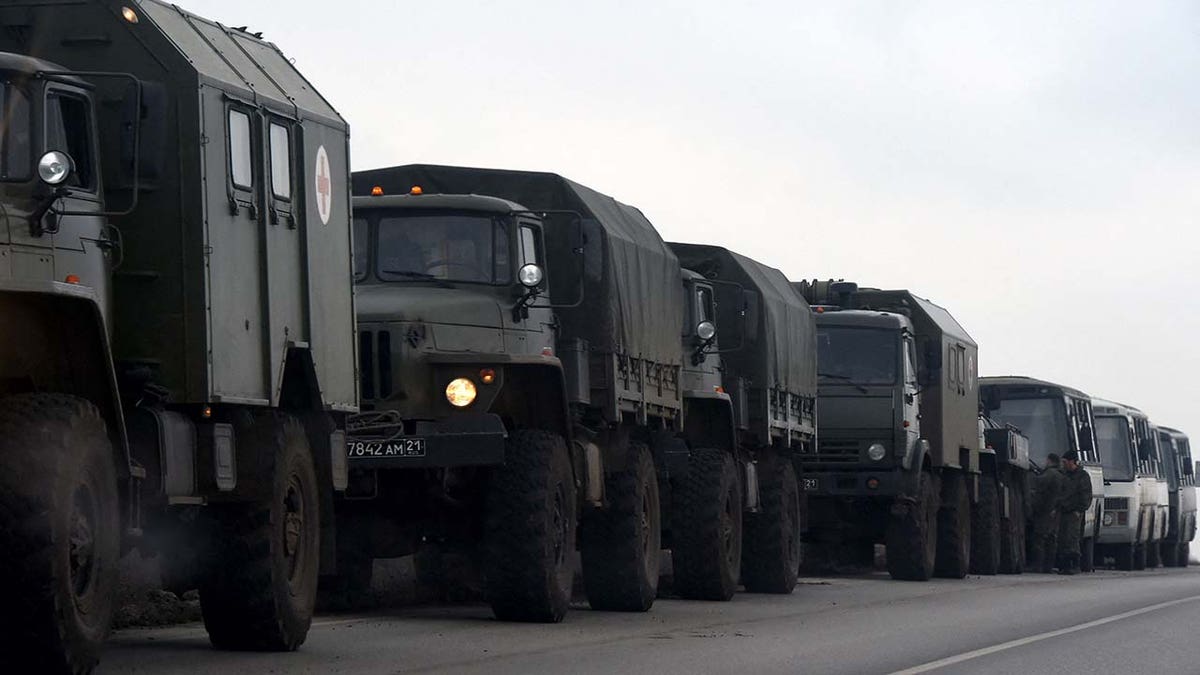As the NATO summit convenes in Vilnius, the elephant in the room is the ongoing war in Ukraine, now surpassing 500 days. This conflict, the largest in Europe since World War II, is morphing into a protracted struggle with no clear resolution on the horizon. Several factors contribute to this grim outlook.
Firstly, the key players – Russia, Ukraine, and the United States (as NATO's de facto leader) – all demonstrate a commitment to continuing the fight. NATO recently pledged over $500 million in sustained support for Ukraine, echoing the U.S. commitment to long-term military aid. President Zelenskyy has stated the war won't end until Crimea is reclaimed, a goal considered unrealistic by many military analysts, including U.S. Joint Chiefs Chairman Gen. Mark Milley. Russia, meanwhile, sees no prospects for negotiation, with officials suggesting the conflict could persist for decades.

At the heart of this conflict lies a geopolitical power struggle between Moscow and Washington, with Ukraine caught in the crossfire. Both sides view each other as existential threats, making compromise incredibly difficult. Russia views NATO expansion as a direct threat to its security, while the U.S. fears a Russian victory in Ukraine would embolden further aggression against NATO allies. Even if negotiations were to occur, the irreconcilable positions on territorial control (Crimea and the annexed provinces) present a major roadblock.

The current situation on the ground resembles a stalemate. Ukraine's counteroffensive has not yielded the desired results, and neither side appears close to a decisive military victory. However, Russia’s larger population and military resources allow it to sustain a war of attrition. While the U.S. has provided substantial military and financial aid to Ukraine, it hasn't significantly altered the balance of power. Russia still controls a significant portion of Ukrainian territory, and even advanced weaponry like F-16s and cluster munitions are unlikely to be game-changers.

The situation draws parallels to the U.S. experience in Afghanistan, where despite significant investment and a two-decade presence, the original adversary ultimately regained control. This highlights a recurring issue of a lack of deep understanding of the geopolitical landscape and the adversary's capabilities and motivations. The same lack of understanding may be at play in Ukraine, potentially leading to devastating consequences.









